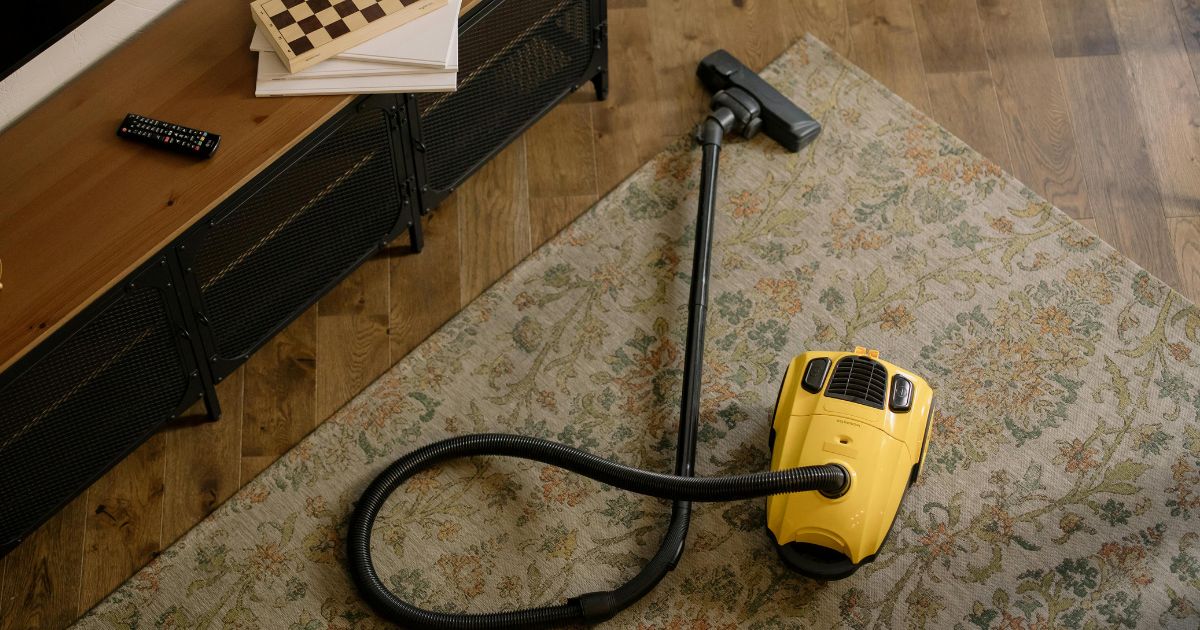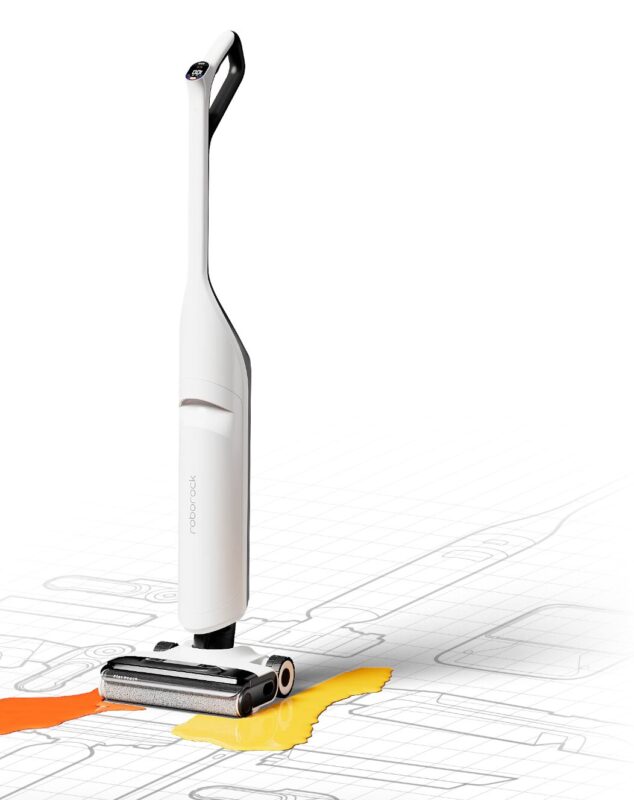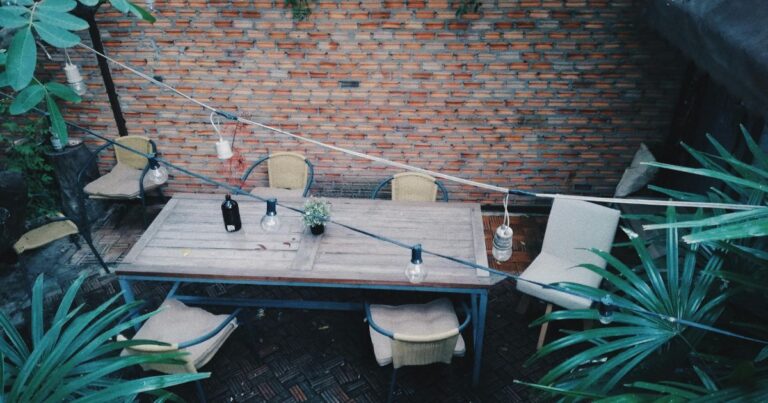
Outdoor gatherings are great—until a glass tips and sticky soda snakes across the deck, or greasy drops make pavers treacherous. Left alone, spills become slip hazards, attract ants and wasps, and contaminate food‑contact areas. Many hosts also struggle with what to do first (clean, sanitise, or disinfect?), as well as how to manage cords, batteries, and wastewater safely when the action moves outside. The goal of this guide is simple: give you a practical, food‑safe, and quick way to restore order. A wet dry vacuum cleaner can be a shortcut to speed, but only when you use it correctly and finish with the right hygiene steps.
A quick brand snapshot: What to look for in a wet dry vacuum cleaner
When evaluating any wet dry vacuum cleaner, check for edge reach (to grab sticky lines along skirting or deck boards), self‑cleaning and hot‑air drying of rollers (so you don’t re‑spread odors), adaptive dirt sensing (to auto‑boost where needed), and clear specs for battery runtime and tank sizes. Many recent wet–dry models—including options from Roborock—illustrate these practical features well, with edge cleaning down to under a millimetre, self‑clean and dry cycles for hygiene between uses, and smart sensors that modulate water and suction so you can focus on guests, not the mess.
Clean → then sanitise (and when to disinfect)
Cleaning removes visible soil and sticky residues; sanitising reduces germs on food‑contact surfaces to safe levels; disinfecting targets a broader range of microbes on hard, non‑porous, non‑food‑contact surfaces. Always clean first—sanitisers and disinfectants work best on pre‑cleaned surfaces. At a party, that usually means: pick up liquids/solids, wash the area with detergent or your machine’s solution, rinse if needed, then sanitise tables and prep zones—reserve disinfection for higher‑risk messes (e.g., raw‑meat juices) or non‑food‑contact fixtures per product labels.
Pre‑event setup: people, gear, and safe power

Assign roles and stage a kit. Nominate one person for “spill duty.” Stock microfiber towels, absorbent paper or granules, a broom and dustpan, food‑safe sanitiser, heavy‑duty bags, and (if you plan to use one) your wet–dry unit with spare solution and a charged battery.
Power and battery basics. Keep cord‑and‑plug equipment away from standing water and, outdoors, use outlets protected by GFCI. Battery units reduce trip hazards but still require manufacturer-approved charging, clear airflow during charging, and storage in a cool, dry environment. If a pack looks damaged or overheats, stop using it and follow your local disposal guidance.
Triage the spill before you act.
Low‑sugar liquids (water, seltzer, light beer): remove bulk liquid, clean the area, and sanitize only if there’s food contact.
Sugary or acidic drinks (soda, juice, wine): these leave sticky films and attract insects—clean thoroughly, then sanitize food‑contact surfaces and let the label’s contact time elapse.
Food solids and grease (dressings, meat juices): scrape solids first; clean with detergent—Disinfect non‑food‑contact spots only when appropriate and allowed by the label.
Mixed hazards (broken glass + liquid): wear shoes and gloves; sweep shards into a rigid container or use tongs—never bare hands—then handle the liquid as above.
Where a wet dry vacuum cleaner fits (and its limits)
A wet dry vacuum cleaner is ideal for fast liquid pickup, edge work, and removing sticky films when paired with an appropriate solution. Use only on hard, non‑porous surfaces as specified by the manufacturer. Avoid corded tools in pooled water; if you must use a cord, ensure proper outdoor rating and GFCI protection. For battery units, treat charging like any lithium‑ion device: use the supplied charger, avoid heat sources, and don’t charge unattended.
Capacity, runtime, and hygiene
Plan around clean and dirty tank sizes and the runtime you’ll actually get. Features that matter at a busy event include auto‑dispensing of cleaning solution (so the right dilution reaches the floor), smart dirt sensing (so the machine boosts only when needed), and self‑cleaning + hot‑air drying (so rollers don’t smell or re‑contaminate surfaces). Mid‑session hygiene is as simple as running a quick self‑clean and resuming service.

Step‑by‑step playbooks
Sticky drink on timber decking
- Block off the area.
- Use the wet–dry unit to lift liquid and residue.
- Wipe rails or benches nearby; sanitise food‑contact surfaces and let them air‑dry to meet contact time.
Greasy food on pavers
- Scrape solids into the bin.
- Clean with detergent (or your machine’s solution system).
- Disinfect non‑food‑contact paver spots only if appropriate and permitted by the product label; rinse if directed.
Broken glass + spilled wine
- Gloves on; sweep shards into a rigid, puncture‑resistant container.
- Vacuum residual droplets.
- Clean stains; sanitise serving surfaces.
Child‑safe beverage station wipe‑down
- Clean sticky rings and drips.
- Sanitise the table; allow full contact time before replacing cups.
Wastewater and storm drains: do it right
Don’t pour dirty or soapy water into storm drains; in many cities, those drains send runoff untreated to local waterways. Empty tanks into an appropriate indoor drain (sink or toilet) per local rules, or follow your municipality’s guidance for directing wash water to a landscaped area where allowed. Keep solids out of drains and bag them for disposal.
Electrical and battery safety, outdoors
- Cords & water: Keep connections off wet ground; use outdoor‑rated cords and GFCI‑protected outlets. Arrange routes to avoid trip hazards.
- Charging: Use only the manufacturer’s charger; keep batteries on a hard, non‑flammable surface with space to breathe. Don’t leave devices charging unattended overnight.
- Storage & disposal: If a pack swells, smells, or gets unusually hot, isolate it on a non‑combustible surface and contact local recycling or fire services for next steps.
Quick comparison
| Cleanup method | Best for | Pros | Watch‑outs |
| Absorbent + towels | Small drips, oil spots | No power needed; cheap | Slow on sticky films; more bagged waste |
| Mop & bucket | Large flat areas | Easy to rinse; simple sanitizer step | Pushes dirty water; slippery while wet |
| Wet–dry vacuum | Liquids, sticky films, edges | Fast bulk pickup; strong edge reach; self‑clean cycles on many models | Easy to rinse; simple sanitiser step |
Conclusion
Outdoor entertaining doesn’t have to stall for every spill. Triage the mess, clean first, and sanitise wherever food is served. Use a wet dry vacuum cleaner where it’s safe and intended to speed bulk removal, and keep cords, chargers, and batteries compliant with outdoor basics. Modern wet–dry designs streamline edge work, solution dosing, and post‑use hygiene so you can reset the space quickly and get back to the fun.













